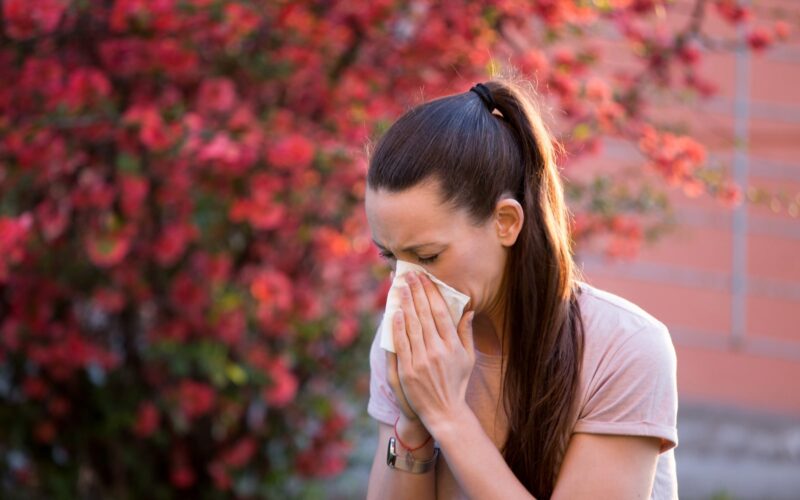We’re in the depths of the cold and flu season, as well as an ongoing COVID pandemic, and coughing and sneezing are at the forefront of our minds. We’ve all been told that being out in the cold can cause us to get sick faster, but we don’t often discuss why. Most of us will experience at least two colds each year, and often in these cooler months. We are learning why it will help you learn how to protect yourself while you’re out in the winter chill.
Colds, the Flu, and the Cold
Getting a cold is no one’s idea of a good time, but it can be more than just a nuisance. Cold and flu can be a serious threat to our health. The Center for Disease Control and Prevention (CDC) has stated that adults miss work and children miss school because of the virus that causes the cold or flu.
In most cases, the disease will pass on its own without incident. However, that doesn’t mean that it’s safe to ignore it. Up to 650,000 people are killed by the flu each year. While this doesn’t even cast a shadow on Covids 2.5 million deaths per year, it’s still enough to be worrying. Just like with the current pandemic, the best thing you can do is avoid getting infected in the first place.
How Do Viruses Spread?
The first thing to know is viruses and bacteria aren’t the same. The important difference is that viruses don’t respond to antibiotics. But the differences don’t end there.
- Common Cold – Three symptoms indicate it’s likely a cold: a blocked nose, a sore throat, sneezing, and coughing. There are in excess of 190 viruses that can cause the condition we call the common cold. However, the majority of them are coronaviruses and rhinoviruses. As much as 30% of all cold cases can be attributed to these viruses. Unlike the deadly COVID-19 virus, most of these are harmless. So harmless, in fact, nearly 25% of all those who “catch” a cold show no symptoms.
- Flu – There are three forms of flu, classified as A, B, and C. There are a lot of shared symptoms with the cold, but a few are exclusive to the flu. Shivers, cold sweats, high temperature, and body aches are good indicators you’ve got the flu. Not all individuals who contract the flu show symptoms as with the cold.
The above distinctions may be relatively simple, but they can help you identify the seriousness of your symptoms.
So Why During The Winter?
The primary reason is how our bodies react to the cold. Flu and cold viruses try to get into our bodies through our airways. The nasal lining has developed a sophisticated defense against these microbes, including mucous. However, cold slows the flow of mucous, allowing the trapped bacteria to build up in our noses. To make matters worse, Rhinoviruses like it colder, so it creates a perfect environment for them. If you’re experiencing symptoms or want to learn more about preventing getting the cold or flu, reach out to your medical provider today!





